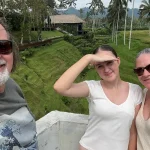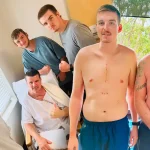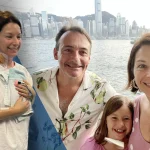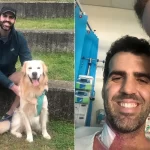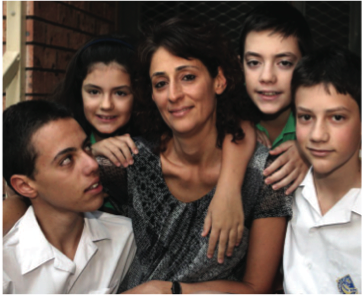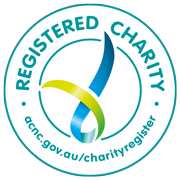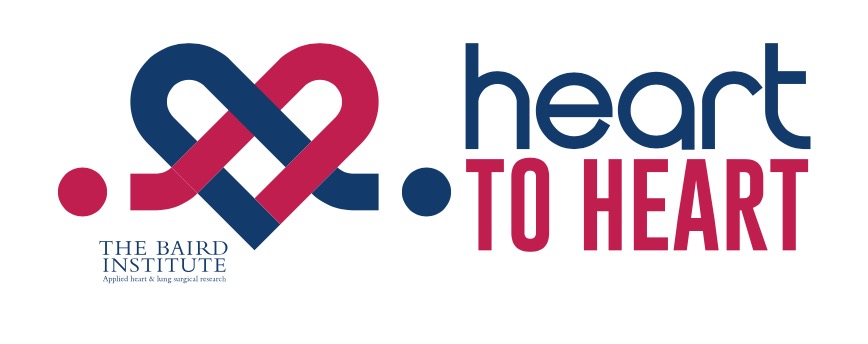Serafina Salucci
My name is Serafina Salucci, I am 43 years old, married with 4 children.
In April 2007, I was diagnosed with mesothelioma. I had never heard of it before, so at the time I asked the specialist ‘What’s that?’ He answered ‘It’s an asbestos-related cancer, it’s incurable and you will never be rid of it’. When I asked him my prognosis, he informed me that the majority of people diagnosed with mesothelioma die within the first 2 years of diagnosis and only a small percentage survive 5 years. In fact, 5 years was considered ‘long term survival’. At the time, I was 37 years old, and my kids were aged 10, 8, 6 and 3.
I had never worked with asbestos and I had never personally renovated. However, I grew up at a time when asbestos products, in particular fibro, were widely used by everyone including my parents, and I remember it was everywhere.
After I was diagnosed, I had chemotherapy for approximately 10 months. Then in February 2008, Professor Brian McCaughan performed a pleuropneumonectomy – a surgical procedure to remove my right lung. This surgery was followed by 30 treatments of radiotherapy.
For the next 2 years, things were going really well until August 2010, when during a routine CT scan, they found another tumour. More chemotherapy followed, and in March 2011, I had another operation to remove the tumour. Since then, my scans have been good. As of today, I am feeling and doing really well and life has, for the most part, gone back to normal. For this I am extremely grateful.
The last 6 years have not been easy. There are not enough words to describe how difficult it has been or how hard I had to fight to still be here. However, there have also been many positive experiences and I have met some amazing people along the way.
I will always be grateful that I had an opportunity to be involved in such an important initiative. In 2011, I met other pleuropneumonectomy patients, through the Pleuropneumonectomy Support Group – or ‘One Lung Wonders’, as we like to call ourselves – a support group set up by The Baird Institute. As patients, being part of this group has been beneficial in so many ways. We are able to share our experiences, express our concerns, ask questions, share a joke or two and have a laugh.
It is comforting to know that we are not alone. We understand each other – what we have been through and how we are feeling. Despite the fact that we are all different ages and come from different walks of life, we do have a lot in common. However, the main thing we have in common is our attitude. At the end of the day, we are all just trying to be as positive as we can; trying to move forward and to make the best of the situation we have found ourselves in.
Personally, 2012 was a great year for me. The highlight was going to Canberra with members from the Asbestos Management Review. The Review was set up by the Federal Government to develop a national plan to improve asbestos public awareness and education including asbestos removal, handling, storage and disposal. The aim of the trip was to meet and speak to as many politicians as possible, including Prime Minister Julia Gillard, to outline the Review’s proposed plan and recommendations.
My role was to tell my personal story and to try and describe what impact mesothelioma has had on my life and on my family. The government has now established the National Asbestos Safety Office, which is looking into how to implement many of the Review’s recommendations. It was a great day, an emotionally draining day and a day I will never forget.
The last few years have been hard but I learnt many things along the way:
- I have learnt how important it is to try and put things into perspective, to always try and look at the big picture – making it easier to see what is important and to focus on the positive
- I have learnt that I have to try and accept the past, I cannot change what has happened and if I get stuck in the past, I will never be able to move forward
- I have learnt that I need to try and focus on the present, and concentrate on what is happening now, because this is what I really know for sure
As of today, my last scan was good, I am feeling and doing well, I am still here and I am still standing on my own two feet. In fact in 2012, I walked the City 2 Surf! I consider myself very lucky and I am really grateful. Many other people who have been diagnosed with mesothelioma have not been as fortunate. I think more than anything else, I have learnt how important it is to have hope. Without hope there really is nothing.
I hope for many things:
- I hope that one day they find a form of early detection, so that people are at least given the chance to fight.
- I hope that in the future people are more aware and in- formed than they have been in the past about the dangers of asbestos.
- There is no medical cure for mesothelioma, so preventing people from exposing themselves to asbestos and getting sick in the first place, is the only cure we really have.
- For myself, I hope for the same simple things that most people hope for.
- I hope that my husband and I have the opportunity to gracefully grow old together.
- I hope that I get to see my kids grow up, to be a part of their future and to see what sort of people they turn out to be and where their lives take them.
- I hope that no matter what happens in the future, I will never give up and that destiny will be kind to me and my family.
Thank you for reading about my journey over the last few years. It is a pleasure to support the work of The Baird Institute – if you can; I hope you will support them as I do.
– Serafina Salucci

